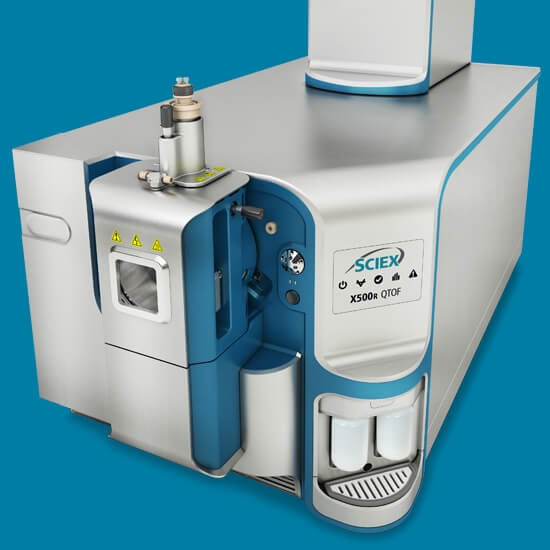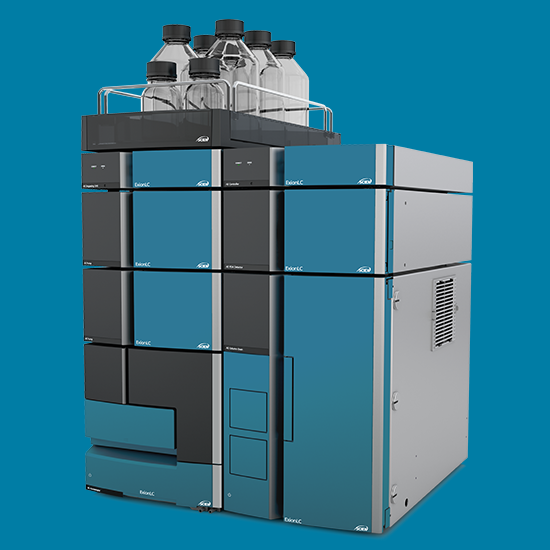Ethanolamines are a family of bifunctional chemicals that combine a primary amine and primary alcohol. The hydrophilic nature of these chemicals has led to their wide use in the chemical industry as emulsifying agents in cosmetics and personal care products, surfactants for soaps and detergents, corrosion inhibitors, acid gas purification and the manufacture of pesticides. Common examples include monoethanolamine (MEA), diethanolamine (DEA), triethanolamine (TEA) and N-nitrosodiethanolamine (NDEA).
The global consumption of ethanolamines is expected to grow 2.5% annually between 2019 and 2024, driven by developing markets in Asia, China in particular.1 Although exposure studies are still limited, research shows that MEA and DEA may cause occupational asthma.2-4 Moreover, after extended storage, DEA in products such as cosmetics can react with other ingredients in the formulation to form NDEA, which could potentially cause stomach, esophagus, liver and bladder cancer.5 For this reason, the European Commission has completely prohibited the use of DEA in cosmetics.5
Finding the means to monitor, characterize and quantify these chemicals is essential.


